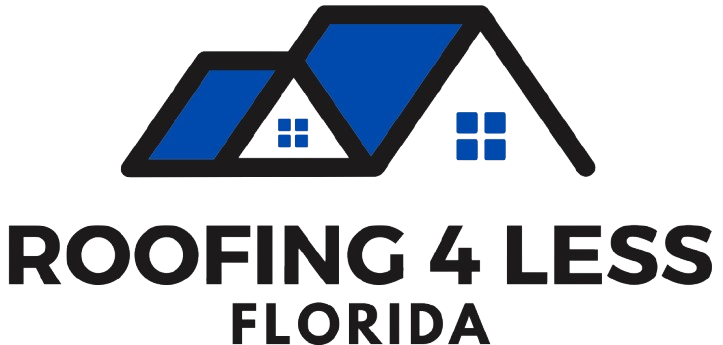Regular roof inspections allow homeowners to spot potential issues before they require costly roofing repair. By following a checklist, homeowners can catch early signs of damage, preserving their roof’s longevity and protecting their property from leaks and structural problems. Familiarizing yourself with this inspection checklist can help you identify minor issues before they escalate into significant repair needs.
Checking for Shingle Damage
Shingles are the first layer of protection against weather, so examining them is essential. Look for any signs of cracking, curling, or missing shingles, as these can expose the roof to moisture and UV damage. Granule loss, often visible as particles in gutters, is another indicator of aging shingles. By addressing shingle damage early, homeowners can prevent more extensive roofing repair, maintaining the roof’s defense against the elements.
Inspecting Flashing Around Roof Fixtures
Flashing serves to seal areas where the roof meets other structures, such as chimneys, skylights, and vents. During an inspection, check that flashing is securely in place and free from rust, cracks, or gaps. Damaged flashing can lead to water infiltration, especially during heavy rain. Keeping an eye on flashing and fixing issues early helps preserve the roof’s waterproof seal, preventing interior water damage.
Looking for Signs of Interior Water Damage
Water stains on ceilings or walls are often the first visible sign of roof damage from inside the home. These stains typically appear as yellow or brown patches, indicating that water has penetrated the roof’s layers. Persistent interior moisture or damp spots signal that the roof’s waterproofing may be compromised. Addressing these signs immediately can help homeowners avoid more serious roofing repair by fixing leaks before they spread.
Monitoring Moss, Algae, and Debris Accumulation
Moss, algae, and debris can lead to long-term roof damage if left unaddressed. Moss and algae trap moisture on shingles, promoting decay and weakening the roof’s structure. Debris such as leaves or branches can block gutters, causing water to pool and potentially leak into the roof’s underlayers. Regularly cleaning moss, algae, and debris prevents moisture buildup, reducing the risk of needing roofing repair by keeping the roof’s surface clear and protected.
Learn more about roofing repair:
What to Expect During a Professional Roofing Repair Inspection
How to Detect Common Roof Damage Before It Requires Major Repair

